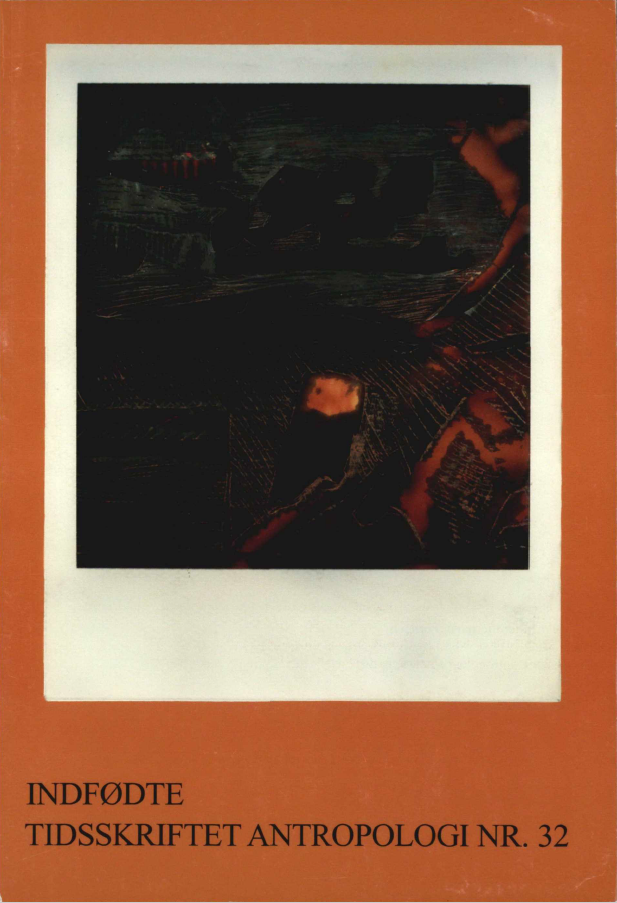ANTROPOLOGERS OG INDFØDTE FOLKS FÆLLES VIRKELIGHED: Tre beretninger
DOI:
https://doi.org/10.7146/ta.v0i32.115442Abstract
Ulla Hasager: The common reality of
anthropologists and Indigenous peoples:
three narratives
The „traditional object" of anthropology -
the indigenous peoples of the world - are
becoming an increasingly visible global factor
with the fourth world movements for
self-determination and with the United Nations’
efforts to create standards for indigenous
human rights. However, at the same
time as the indigenous peoples are celebrated
as guardians of environmental sustainability
and biological and cultural diversity
- and thereby for securing the memory
as well as the future of mankind - their lands
and resources are coveted by multinational
corporations, govemments and other agencies,
their genes are patented and preserved
and their cultures are recorded - most often
by anthropologists. In spite of these opposing
trends and threats, indigenous peoples
now have a more powerful position vis-å-vis
anthropologists, who on their part are beginning
to acknowledge the responsibilities that
come with being part of the same living world
as the indigenous peoples and therefore
have begun the task of revising their theoretical
foundations. Not only because they
want to, but because the relatively more powerful
and outspoken indigenous peoples
demand it. This article looks at the changing
situation for indigenous peoples in the Pacific,
primarily Hawai’i, and outline the consequences
for the conditions of research, methods
of research and publication for anthropologists.
Downloads
Published
How to Cite
Issue
Section
License
Ophavsretten til artiklerne i Tidsskriftet Antropologi tilfalder forfatteren.
Artikler publiceret i Tidsskriftet Antropologi må citeres, downloades og videresendes for ikke-kommerciel brug, under forudsætning af normal akademisk reference til forfatter(e) samt tidsskrift, årgang, nummer og sider. Artiklerne må kun genudgives med eksplicit tilladelse fra forfatter(e) og tidsskriftet.


